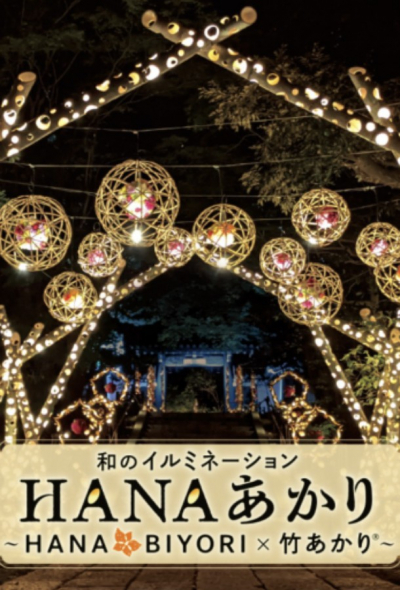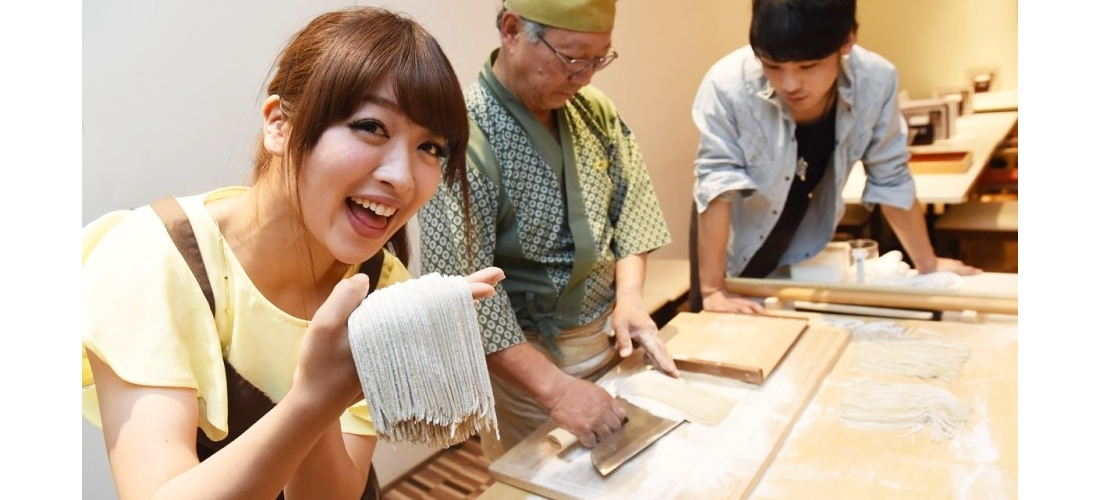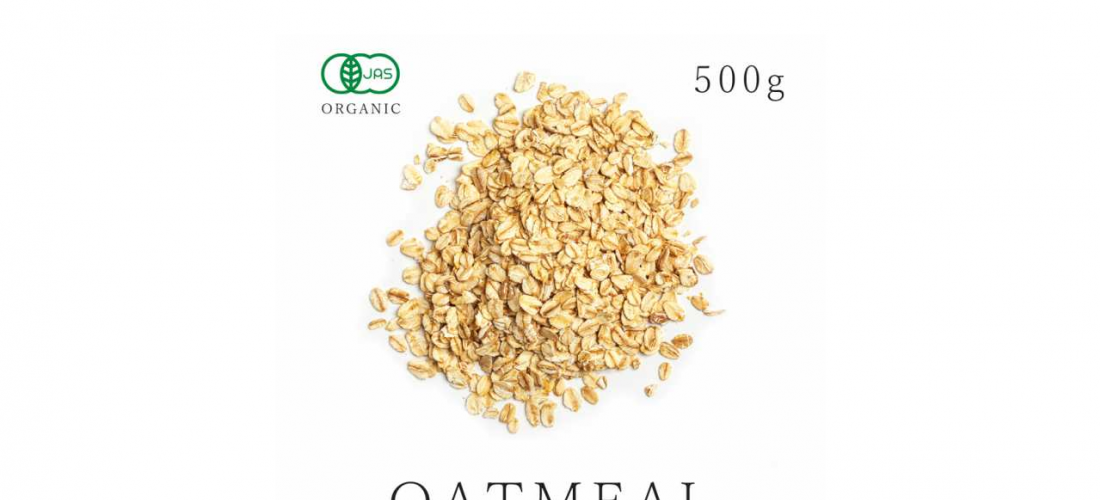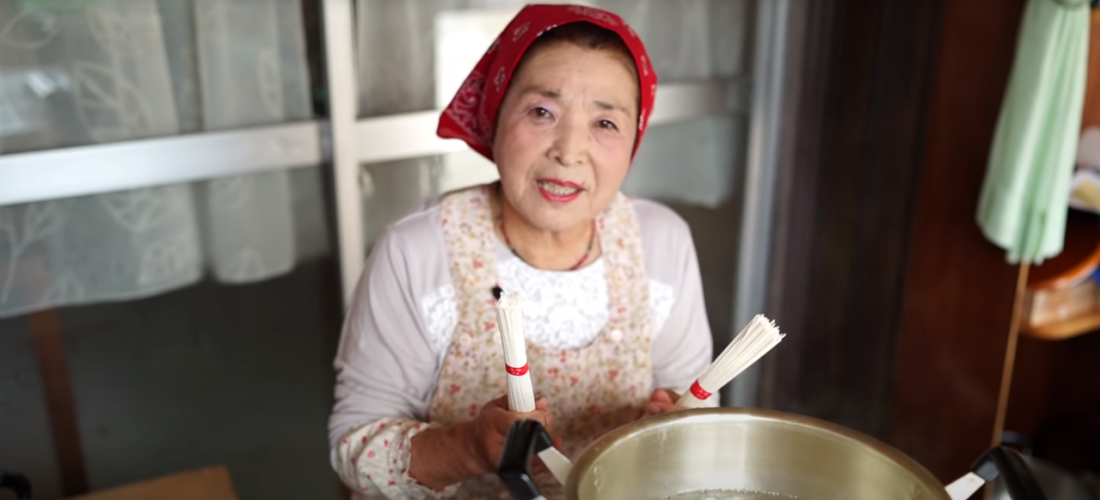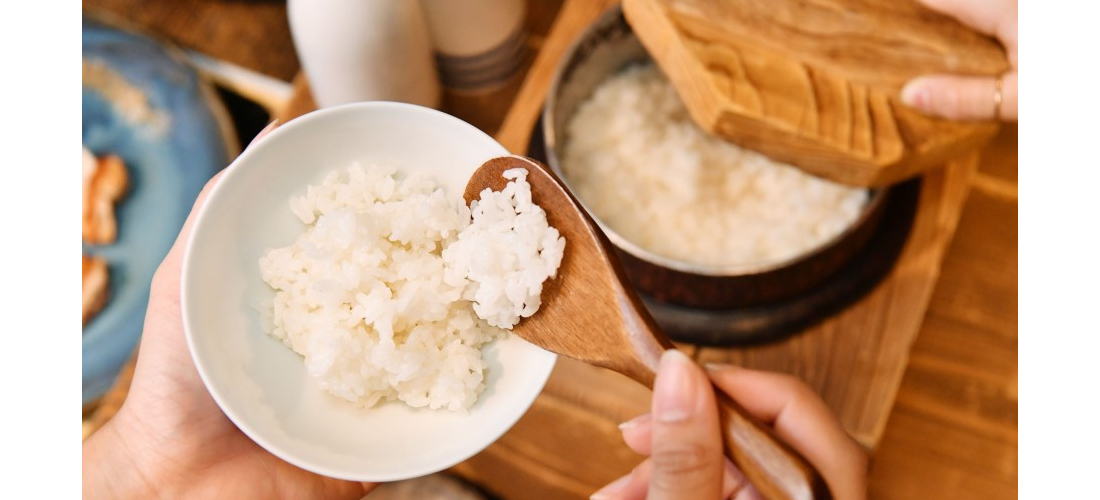Love Japanese pudding, but can’t find it anywhere near you? Just make it yourself!
Japan’s pudding, similar to a flan or a crème caramel (and much less like American puddings), is a beloved dessert staple found all over the country. The sweet treat started popping up in Japan at the end of the Edo period (1603-1868), through the grapevine of European influence, and by the beginning of the Meiji period (around 1872) it was a special indulgence found occasionally at nice restaurants. But pudding gained popularity throughout the 20th century, and by the 1960s the people of Japan were enjoying what they called “purin” (プリン) in their own homes. Nowadays, the ubiquitous dessert is found in supermarkets and convenience stores, and of course it makes regular appearances in popular TV shows and anime, the glistening caramel giving Japanese pop culture fans an inexplicable craving for a food they may never have tried before. For travelers who fell in love with Japanese pudding during a Japanese vacation but can’t find it at home, and for otakus who have always wanted to give this mysterious sweet a try, this is the recipe for you! All it takes are a handful of basic ingredients, most of which you probably already have at home, and a little dedication, and you’ve got yourself some homemade purin!
View this post on Instagram
Ready to dig into your own batch of Japanese pudding? Let’s get started! First things first, mise en place!
(makes about 4 servings)For the caramel:
30g sugar
20g water
15g warm water
For the pudding custard:
2 eggs
50g sugar
250g milk
a dash of vanilla extract
Mix the sugar and the room-temperature water (20g) together in a small pan, and heat them on medium-high, stirring constantly, as the mixture begins to darken. When the sugar turns a deep brown, take the pan off the stove and mix in the warm water. (Be careful not to splash or burn yourself!)
Ready your ramekins, cups, or whatever dishes you plan to make the pudding in. Ceramic ramekins or small metal pans with tall sides (a little like cake pans) are commonly used for this, but you can use any heat-resistant container you have on hand. (I ended up using coffee mugs!) Then pour the caramel into the bottom of each, dividing evenly, and set them aside.
Next, add the milk and vanilla to a pan and mix well. Heat the mixture up just enough so that the milk starts to foam, and then take it off the fire.
This last step for the custard is probably the most difficult, because you have to temper the eggs, so take your time with it! Take the warm milk and slowly (slooooowly) drizzle it into the eggs, stirring the egg mixture the whole time. If you rush and pour too much of the hot milk into the eggs at once, you’ll end up with a sugary vanilla omelette, which does not sound delicious. Keep the milk to a thin stream, and mix it into the eggs as you go, until the two liquids are totally combined. (And again, try not to create bubbles, if you can help it!)
Take the pudding custard and pour it into each of the cups you prepared earlier, with the caramel on the bottom. You’ll want to use a sieve as you pour, to make sure no stray chunks of egg get in and ruin the texture. Additionally, once the cups are all full, scoop away or pop any bubbles on the pudding!
Finally, cover the cups (or ramekins, or little pans) with foil, and steam them over medium-low heat for 10 to 15 minutes. If you don’t have a steamer of any kind for your pots, you can do what I did and put the puddings on a towel to keep them off the bottom of the pot! When the puddings have cooked and firmed up, take them out of the steam, let them cool for a bit, and then chill them in the refrigerator for at least an hour.
Et voila, your Japanese pudding is ready to eat!
If you’re feeling confident in your pudding presentation skills, you can carefully flip over your cup or ramekin, and hope the pudding slides out onto a dish (like the pudding at the top of this page). But that’s not necessary to enjoy it! Grab a spoon and dig in! The recipe only takes a handful of ingredients, but you’ll be impressed with the final product, and how similar it is to the pudding you can get all over Japan. If you’re missing Japan, this might just tide you over until the next time you can finally travel to the land of the rising sun.
Bon apetit!
For more info and updates from Japan, check Japankuru for new articles, and don’t forget to follow us on Twitter, Instagram, and Facebook!
Original Author: Pin
English Edition: Sophia Appelbaum
Details
NAME:Japanese Pudding
I've lived in Tokyo for a few years now, and I love wandering Japan looking for good food, lovely new places, and the best tourist attractions throughout the country.
COMMENT
FEATURED MEDIA
VIEW MOREMAP OF JAPAN
SEARCH BY REGION

LATEST
VIEW MOREEVENT CALENDAR
VIEW MOREMOST POPULAR
 Tokyo Winter Recommendation: Don’t Miss Tokyo Mega Illumination, Japan’s #1 Light Show
Tokyo Winter Recommendation: Don’t Miss Tokyo Mega Illumination, Japan’s #1 Light Show ป้ายยาสินค้าน่าซื้อในร้านขายยาญี่ปุ่น | KOWA ผลิตภัณฑ์เพื่อสุขภาพสำหรับคนยุคใหม่
ป้ายยาสินค้าน่าซื้อในร้านขายยาญี่ปุ่น | KOWA ผลิตภัณฑ์เพื่อสุขภาพสำหรับคนยุคใหม่ Okinawa Family Road Trip: Japanese Glasses Shopping at San-A Urasoe West Coast PARCO CITY, Discount Coupons, & Okinawa Sightseeing with JINS
Okinawa Family Road Trip: Japanese Glasses Shopping at San-A Urasoe West Coast PARCO CITY, Discount Coupons, & Okinawa Sightseeing with JINS

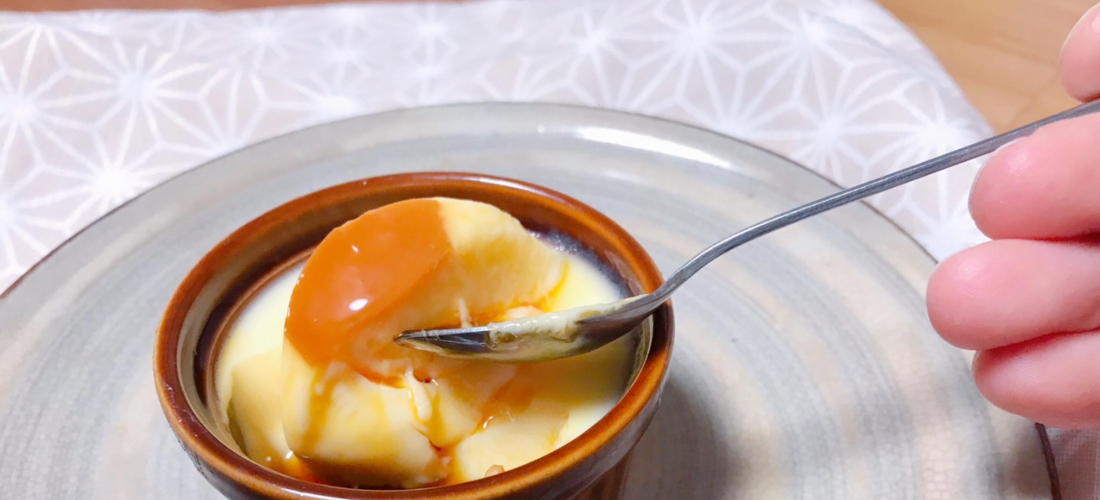
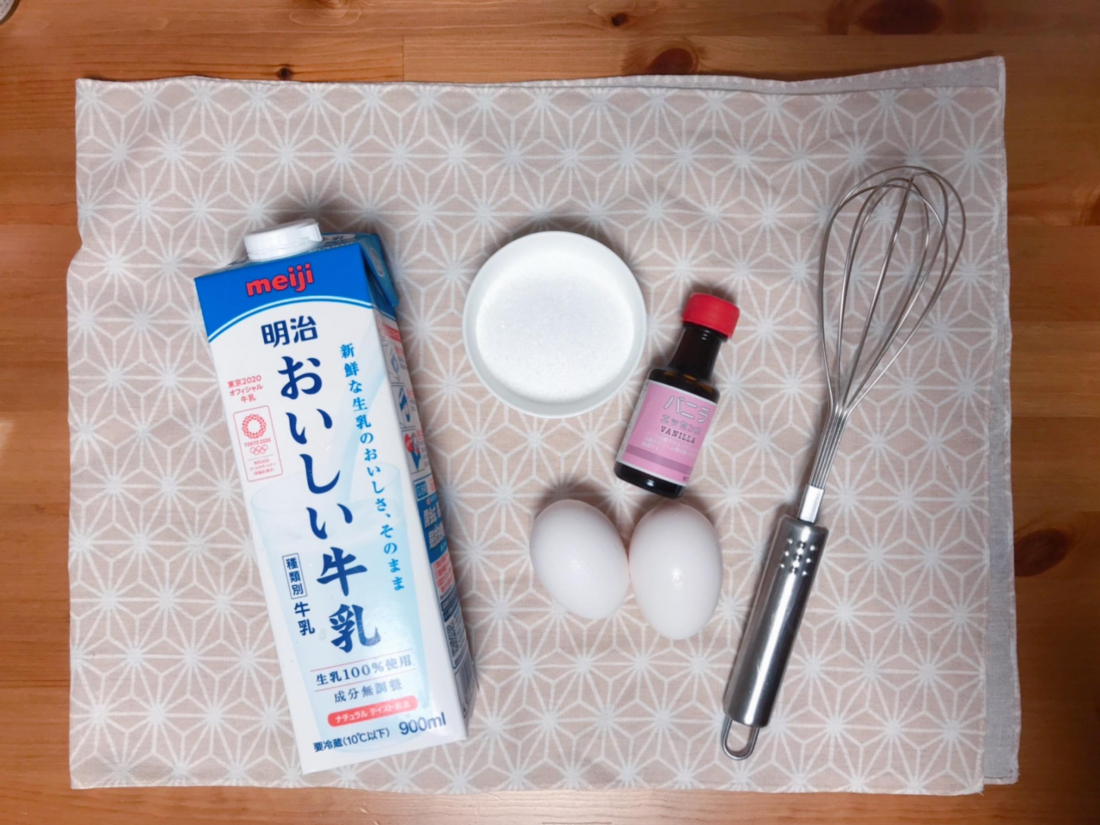

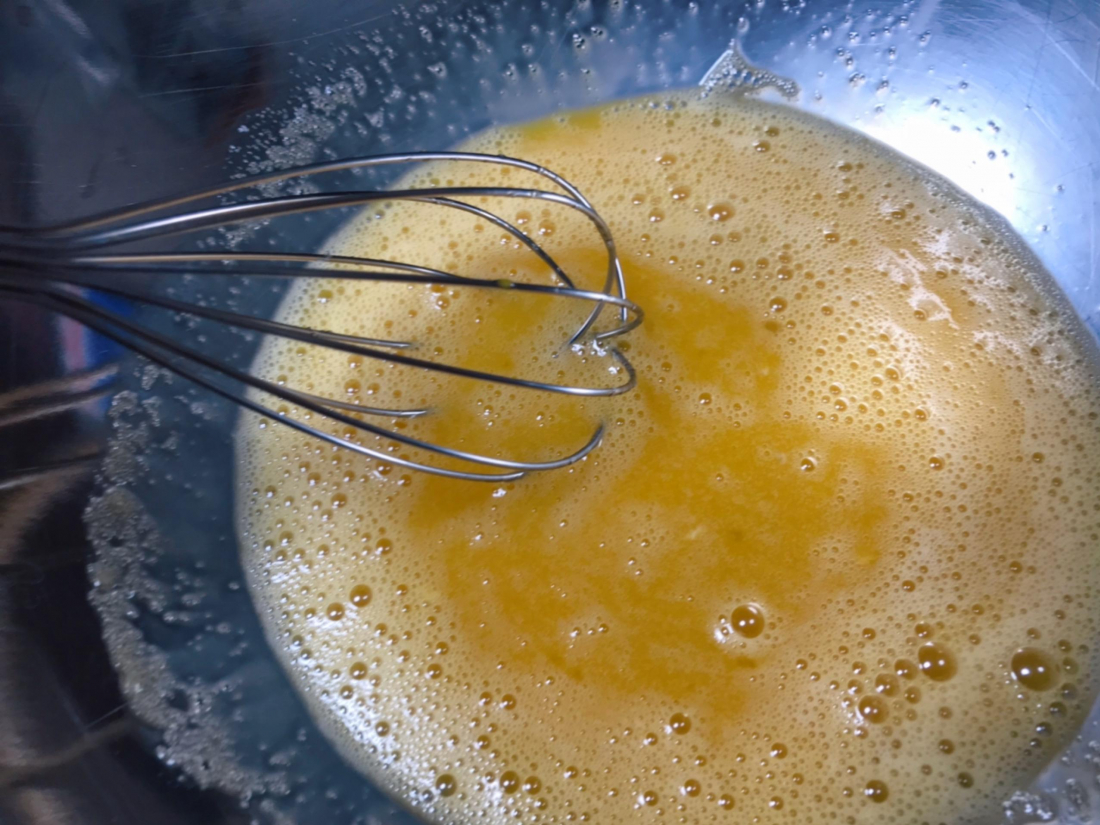
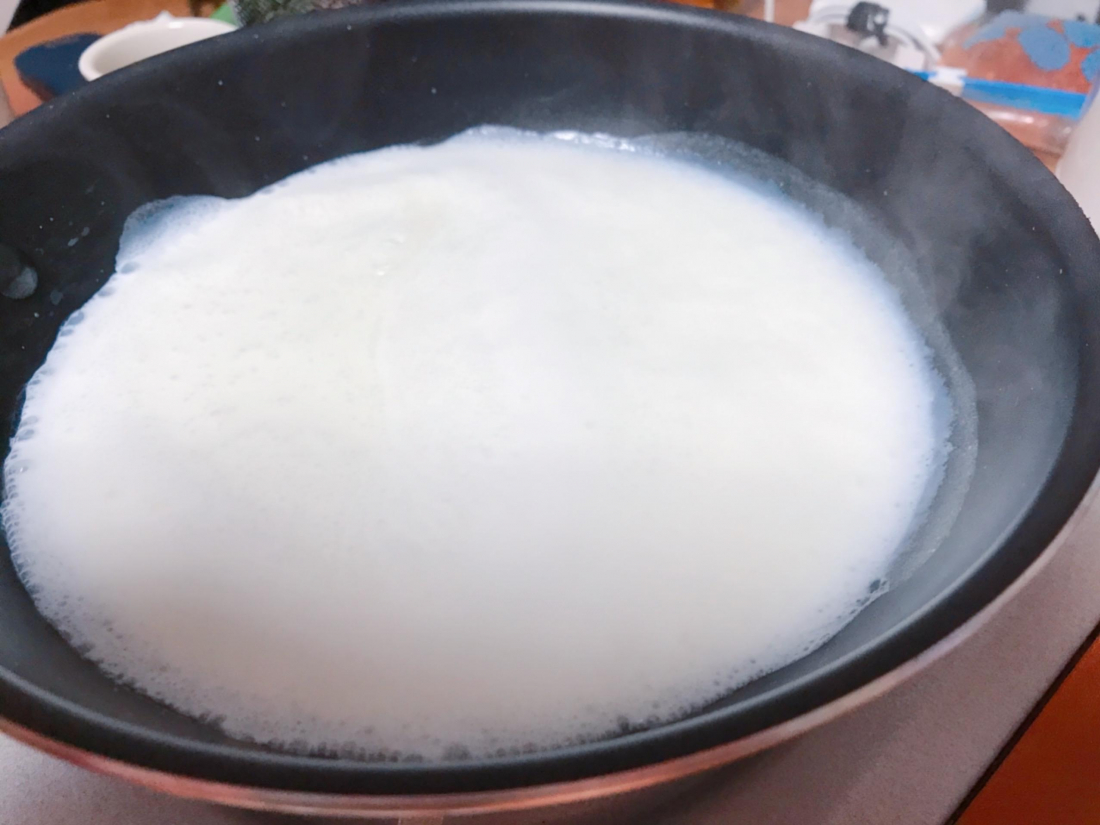

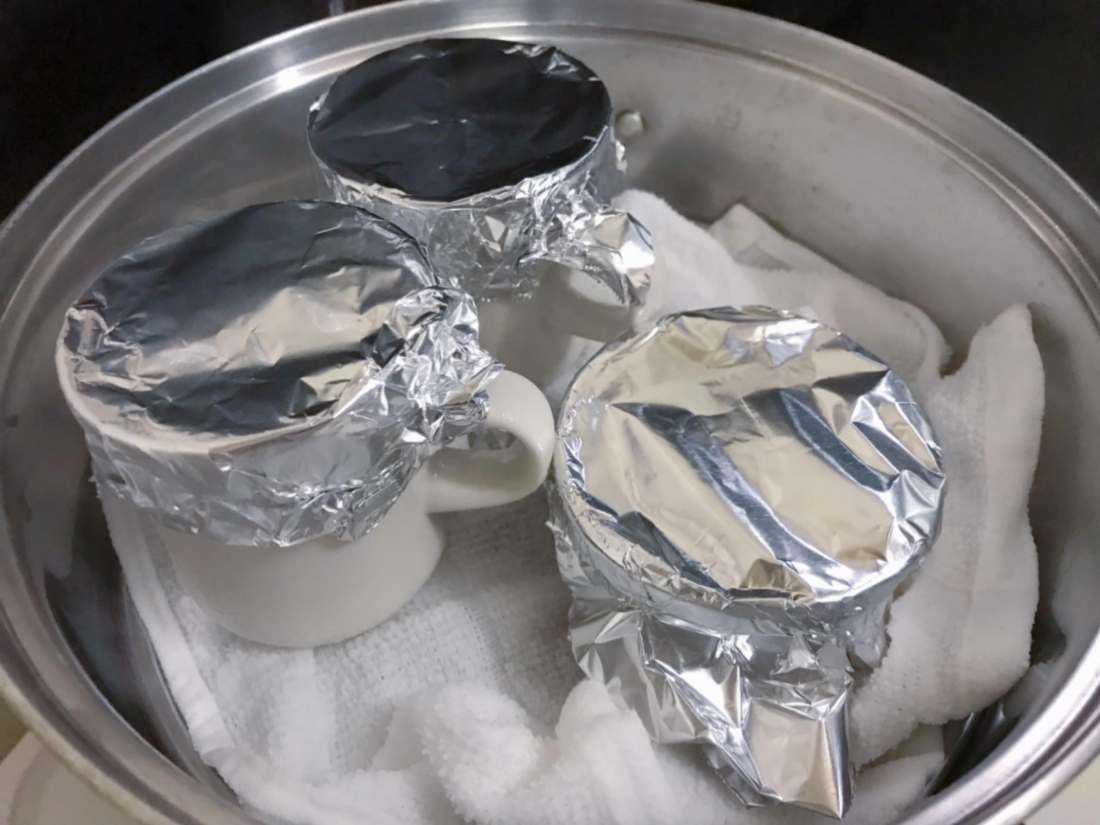





 >> Find out more at Japankuru.com! (link in bio)
#
>> Find out more at Japankuru.com! (link in bio)
#





 The Robot Restaurant is gone, but the Samurai Restaurant is here to take its place. Check it out, and don't forget your coupon!
The Robot Restaurant is gone, but the Samurai Restaurant is here to take its place. Check it out, and don't forget your coupon!
 신주쿠의 명소 로봇 레스토랑이 사무라이 레스토랑으로 부활! 절찬 쿠폰 발급중
신주쿠의 명소 로봇 레스토랑이 사무라이 레스토랑으로 부활! 절찬 쿠폰 발급중
 18歲以上才能入場的歌舞秀,和你想的不一樣!拿好優惠券去看看~
#tokyo #shinjuku #samurairestaurant #robotrestaurant #tokyotrip #도쿄여행 #신주쿠 #사무라이레스토랑 #이색체험 #할인이벤트 #歌舞伎町 #東京景點 #武士餐廳 #日本表演 #日本文化體驗 #japankuru #japantrip #japantravel #japanlovers #japan_of_insta
18歲以上才能入場的歌舞秀,和你想的不一樣!拿好優惠券去看看~
#tokyo #shinjuku #samurairestaurant #robotrestaurant #tokyotrip #도쿄여행 #신주쿠 #사무라이레스토랑 #이색체험 #할인이벤트 #歌舞伎町 #東京景點 #武士餐廳 #日本表演 #日本文化體驗 #japankuru #japantrip #japantravel #japanlovers #japan_of_insta
 코지마 x 빅 카메라 쿠폰으로 일본 가전 제품 쇼핑하기
#pr #japankuru #japanshopping #kojima #biccamera #japaneseskincare #yaman #dji #osmopocket3 #skincaredevice #日本購物 #美容儀 #相機 #雅萌 #日本家電 #일본여행 #면세 #여행꿀팁 #일본쇼핑리스트 #쿠폰 #일본쇼핑 #일본브랜드 #할인 #코지마 #빅카메라 #japankurucoupon
코지마 x 빅 카메라 쿠폰으로 일본 가전 제품 쇼핑하기
#pr #japankuru #japanshopping #kojima #biccamera #japaneseskincare #yaman #dji #osmopocket3 #skincaredevice #日本購物 #美容儀 #相機 #雅萌 #日本家電 #일본여행 #면세 #여행꿀팁 #일본쇼핑리스트 #쿠폰 #일본쇼핑 #일본브랜드 #할인 #코지마 #빅카메라 #japankurucoupon







































